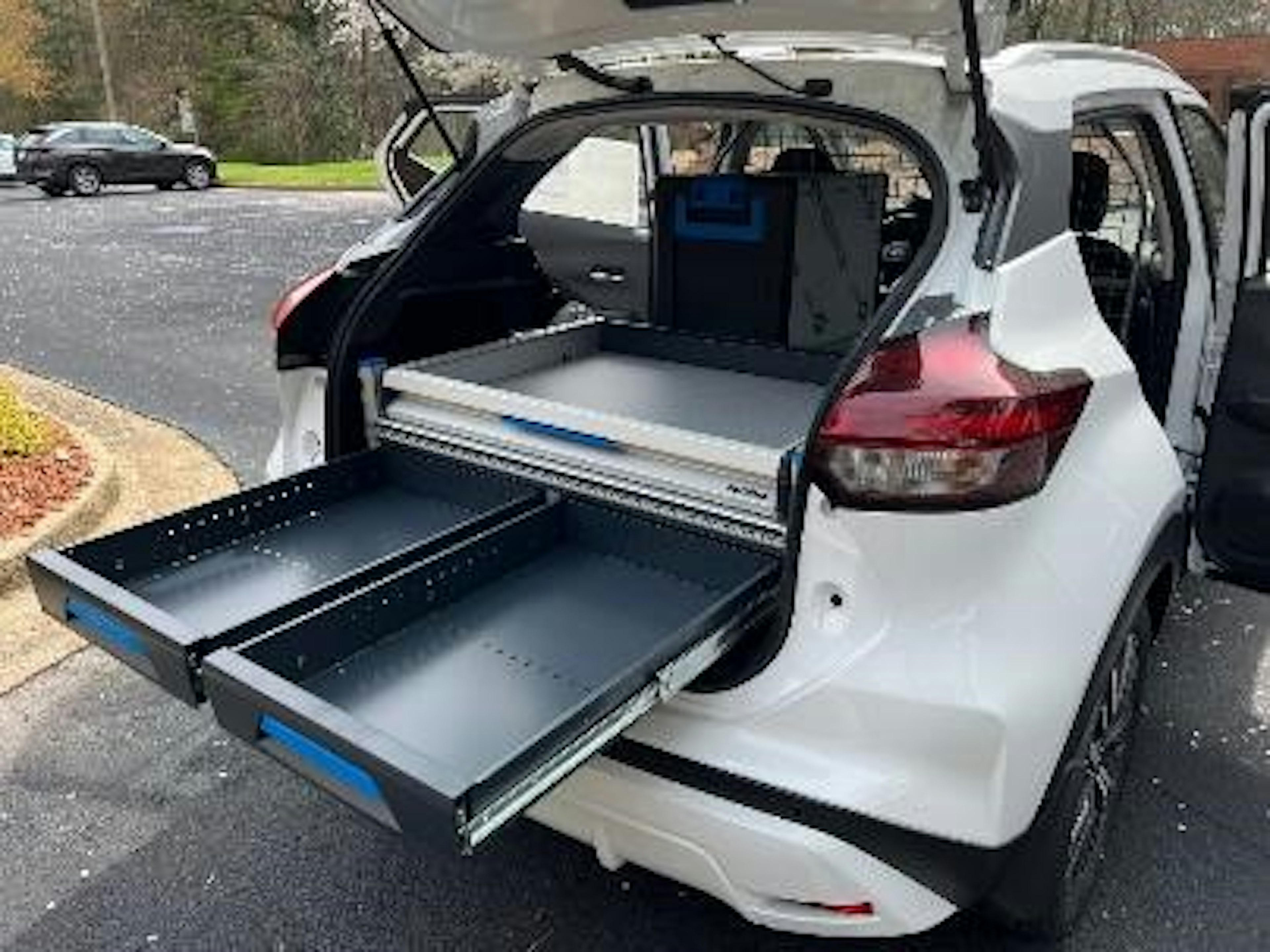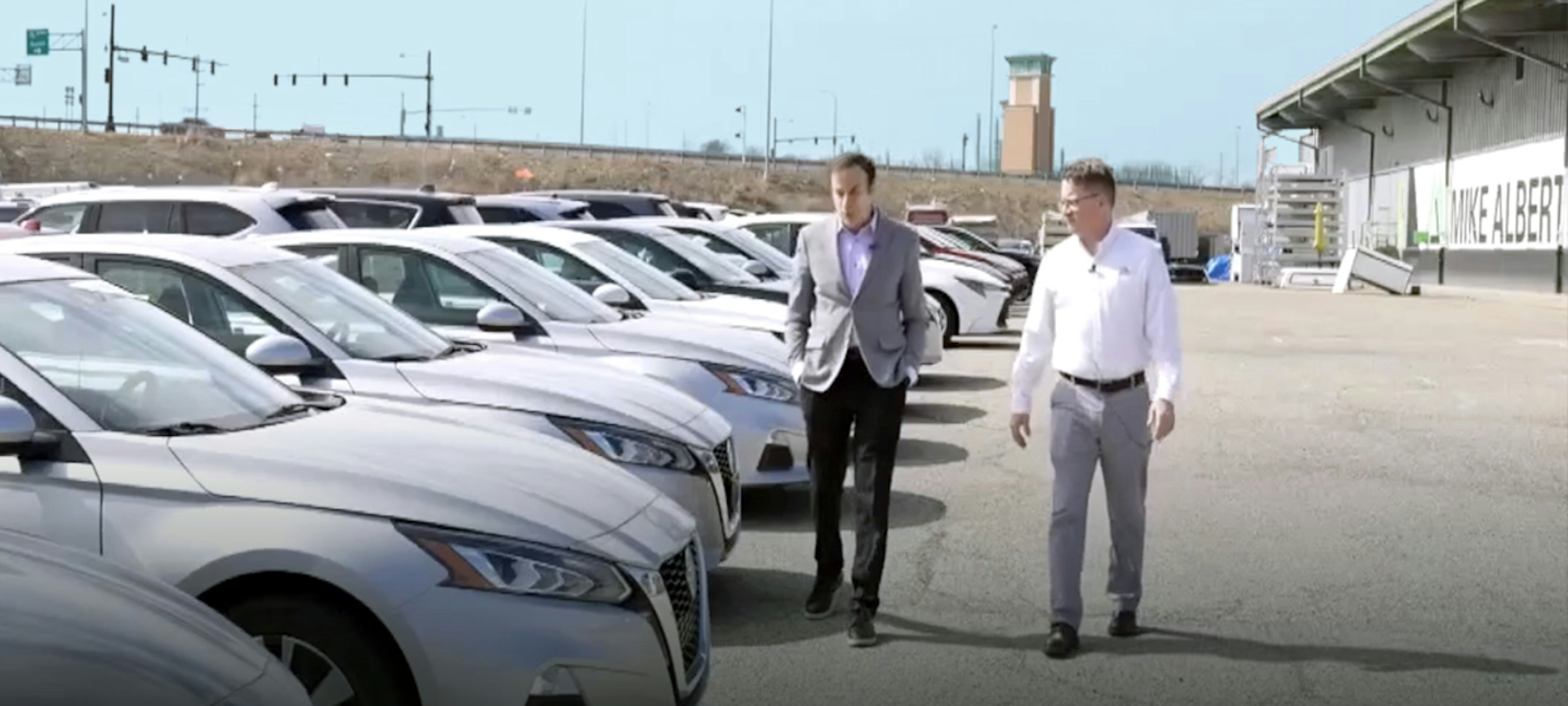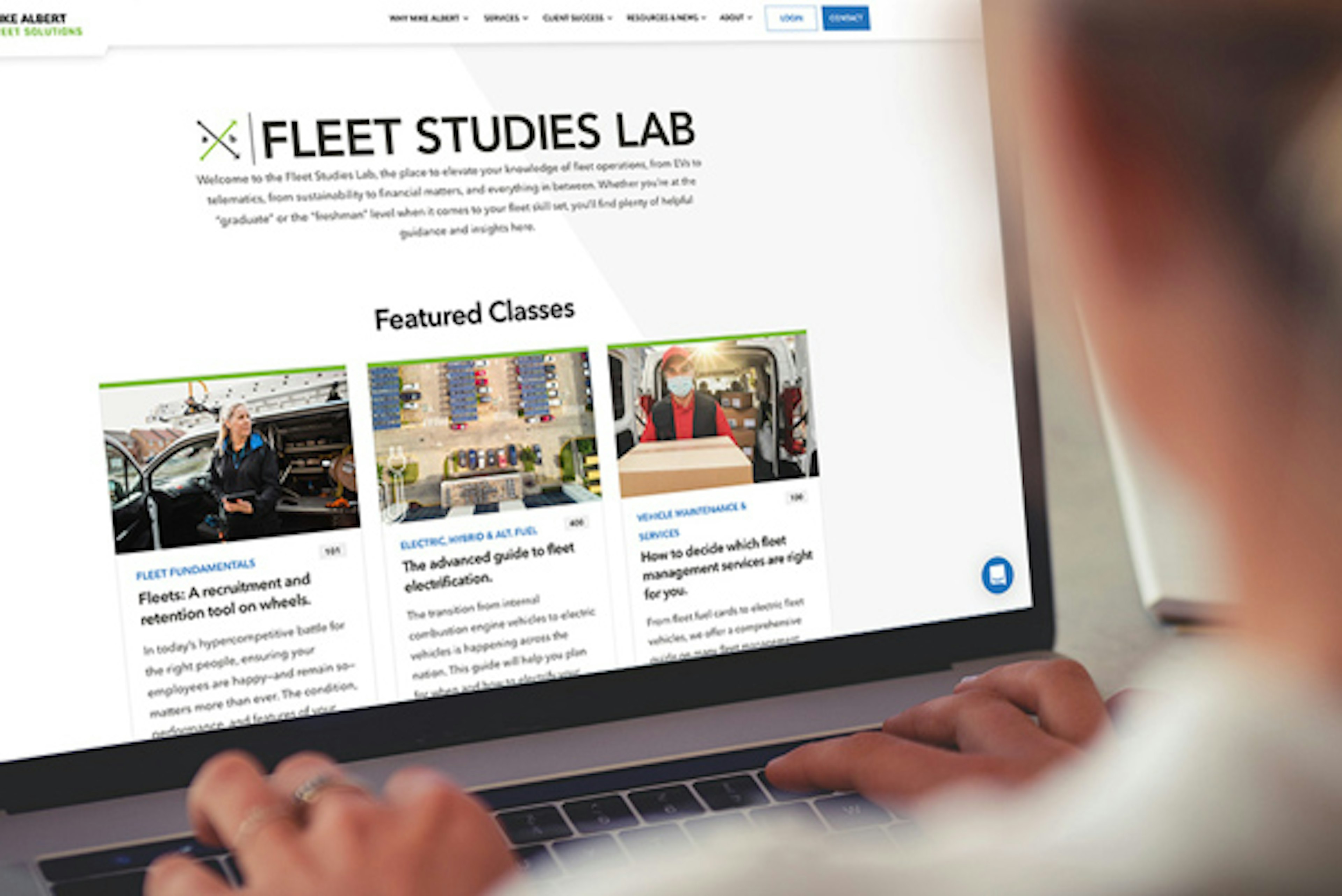In this second part of our “What to Do About Tariffs” series, we tapped Alexa Rubin, Truck Upfit Manager at Mike Albert, to discuss the tariffs’ impacts on upfits. Alexa is a seasoned logistics and operations professional with a dozen years of experience spanning fleet management, supply chain optimization, and customer service.
Is now a good time to invest in upfits, or is it better to wait and see? How should a fleet decide?
We poll our vendors quarterly to get an idea of the current pricing and the future trends for upfit and upfit components. As of spring 2025, all our vendors are confident that there won’t be significant increases in the overall cost of an upfit.
In many cases, a vehicle isn’t functional for many applications without its upfit. The upfit provides organization and ergonomics for the technician, presents a professional image to the end customer, and is often required for safety components like tank securement. So, it’s just not feasible to take a “wait-and-see” approach for many applications, and due to the confirmation that prices should remain stable, there isn’t any incentive to wait.
Clients should buy upfits as needed and as dictated by their business demands to support their revenue streams. Holding back on those purchases could affect their ability to function properly within their business segment and ultimately damage their profitability in the long run.
How do you anticipate the tariffs impacting the costs and availability of upfits?
We expect to see very little impact on upfit pricing and availability because of the tariffs. The upfit vendors Mike Albert chooses to work with source and manufacture 90% of their products here in the U.S. Our vendors pride themselves on supporting the American supply chain, from the manufacture of domestic steel and aluminum to the final assembly of upfit components, which will keep prices relatively stable for the time being. Some vendors who did most of their manufacturing in Canada even pivoted to their American facilities and significantly ramped up production volume stateside to honor their current pricing structure.
There are some components that just can’t be obtained domestically and may be subject to tariffs, such as wiring components, some fasteners, or injection-molded plastic components. Still, overall, these parts account for a tiny percentage of the total cost of the upfit.
How can upfitting strategies help reduce reliance on specific vehicle types or trim packages that may be impacted?
We’ve cultivated key relationships with the manufacturers of upfit products and the OEMs creating vehicle types and trim packages. This allows us as an organization to make connections between these two groups and facilitate the sharing of technical drawings and information that upfitters need to be able to design standard packages for a variety of unconventional vehicles. More than ever, there is so much choice in the industry – from the manufacturer of the upfit to the materials used to the configuration of the final package. Our dedicated design specialists can leverage our relationships with the upfitters and OEMs to make virtually any vehicle type work for any application.
When OEMs decided to scale back the production of compact vans about five years ago, the industry had to get creative to meet the needs of the clients who still needed upfitted vehicles to complete their day-to-day tasks. Unwittingly, those solutions helped to make the industry more resistant to disruption.
Are any upfit vendors or component manufacturers better insulated from tariffs?
Any upfitter who manufactures and assembles in the U.S. will be well insulated from tariffs and should be able to continue to perform at the same capacity and price as they have been.
For example, Adrian Steel’s manufacturing plant is only three hours north of Mike Albert in Adrian, Michigan. DECKED’s main factory is even closer in Defiance, Ohio. Ranger Design has increased production at its South Carolina and North Carolina facilities to continue to meet growing demand after their acquisition by Clarience Technologies in 2024. Many of these vendors started as small, family-owned and operated companies, and continue to pride themselves on creating jobs and boosting the local economies of the communities in which they exist.
Can upfits help fleets reduce their expenses? As a follow-up, has Mike Albert seen an increased interest in upfits?
Upfits are essential to reducing fleet expenses. Most obviously, they provide organizational support for the technicians so that their parts and tools are easy to inventory, track, and maintain. This cuts down on losses from parts and damaged tools and components, and minimizes the time the tech must spend looking for those tools and parts.
On a more abstract scale, upfits drive technician and driver retention by making the daily tasks of the roles more ergonomic, efficient, and organized. Most drivers and techs bring their own tools to the job, so having a nice place to store them not only protects their value but also inspires associates to keep their vehicles tidy. This, in turn, presents well to customers.
Having the tools and parts of the job well organized in the “power zone” between the shoulders and hips also reduces strained backs and repetitive motion injuries. The cost reduction from the mitigation of workers' compensation claims, more uptime completing work instead of looking for parts, and fewer lost or damaged parts create a significant avenue to reduce fleet expenses.
Interest in upfit has remained the same: vocational clients understand the value of an upfit and feel they cannot complete their jobs without it. Therefore, there is a steady demand curve for upfit and upfit products.
For customers who must acquire new vehicles this year, what creative upfit solutions are emerging for fleets that can’t get the vehicles they want right now?
Deck slides are in! For any vehicle spec—be it a van, truck, SUV, or pickup—a deck slide allows the user to completely slide out the shelves or storage bins mounted on top. This means vehicles that are not typically used for vocational activities, like a Nissan Kicks, can be converted into a pint-sized plumbing package. Not having to bend over or shove something into a vehicle and being able to pull out the full drawer and shelving package has allowed for easier access to tools and parts, better ergonomics, and more intelligent uses of space in unconventional vehicles. For more info, see the Mike Albert Fleet Studies Lab article on alternatives to compact vans..
How can a fleet management company (FMC) like Mike Albert help customers manage through these economically uncertain times?
FMCs not only help clients save costs by managing the total cost of ownership (TCO) and cycle strategies, but when you work with an FMC, you also get access to the relationships they have cultivated with the OEMs and vendors. Volume discounts, incentives, and the most up-to-date information on spec changes, price changes, and other industry disruptors are often learned through our vendor connections first, so we can help build a plan for our clients to react cost-effectively. The level of relationships Mike Albert has with our vendors comes from years of experience and from the dedicated team that works here, building and managing those relationships. Hence, they become a unique advantage in fleet planning and asset acquisition.
Read Part 1 of our “What to Do About Tariffs” series here.
Skills covered in the class
Vehicle Specification
Vehicle Life Cycle Analysis
Data-Driven Decision Making
Operational Efficiency
Did you enjoy this class?
Share it with your organization and colleagues.



